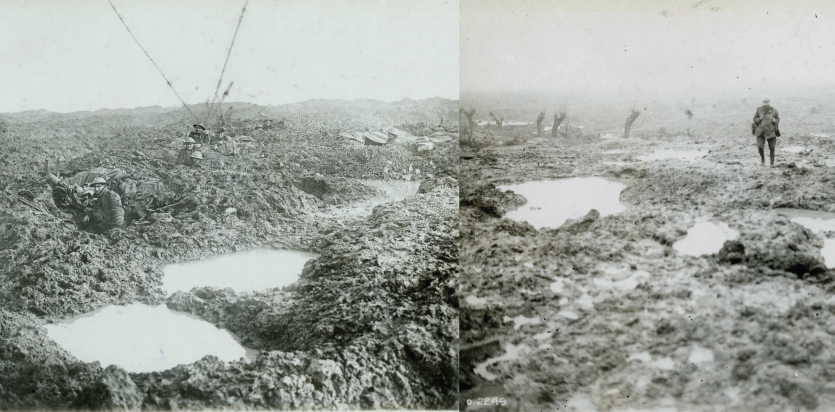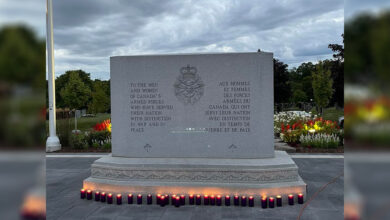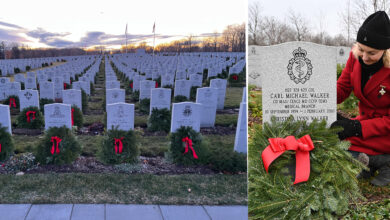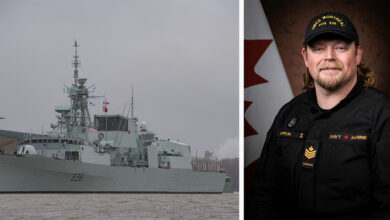Remembering
Remembering the Battle of Passchendaele
Above images: Images from Battle of Passchendaele the Courtesy of Canada. Dept. of National Defence/Library and Archives Canada.
The Battle of Passchendaele was one of the most iconic yet gruesome battles that the Canadian Corps took part in during the First World War.
This year marks the 106th anniversary of the Battle of Passchendaele. Conditions were exacerbated for the soldiers because of the endless rains, and the death toll was high.
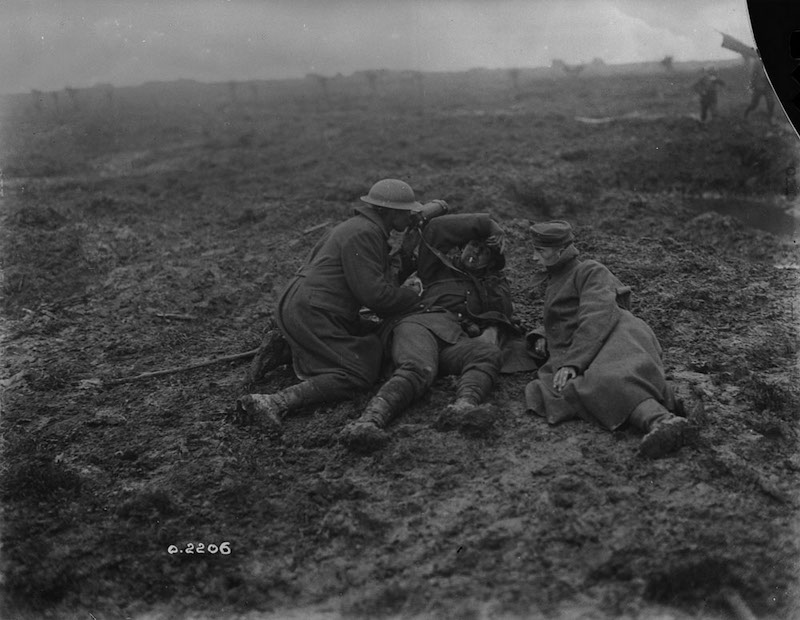
Win for Canadian Corps
Although, when reflecting on this battle a over century later, the futility of war certainly comes to mind for many, the Battle of Passchendaele was also a clear and decisive win for the Canadian Corps.
A British offensive, Passchendaele was launched on July 31, 1917. One of the major objectives of this battle was to drive the Germans away from essential Channel Ports and eliminate U-Boat bases on the coast.
In order to claim victory, the Allied Forces, comprised of British soldiers and soldiers from Canada, Australia, New Zealand and more, were ordered to take Passchendaele Ridge. However, what should have been an objective achieved rather quickly dragged on for months because of the constant rains.
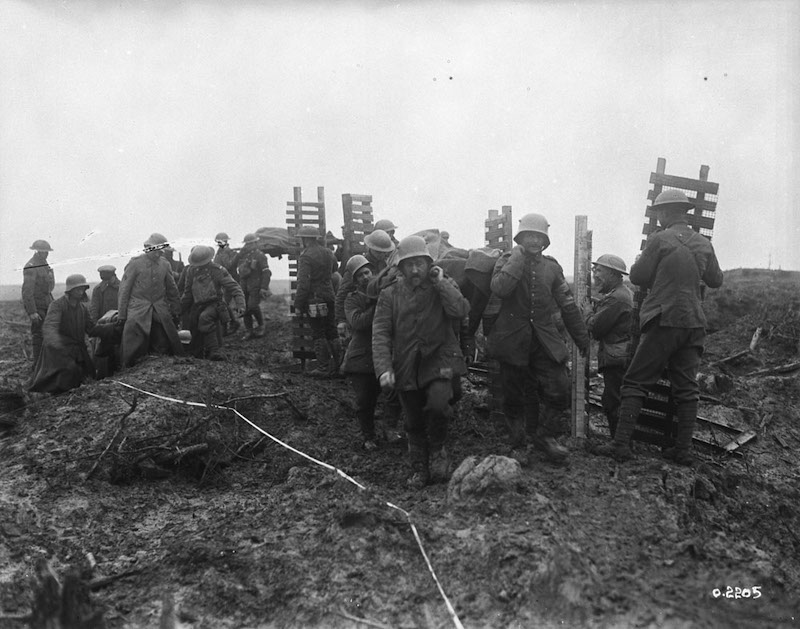
Worst Battles of the War
“It’s generally seen as one of the worst battles of the War. This idea of the battle in the mud Flanders, this sea of unburied bodies, it really seems to capture the futility of war, I think Passchendaele, it’s almost at the other end of the spectrum when we compare to Vimy,” Dr. Tim Cook, a historian with the Canadian War Museum.
After several months of fighting, Sir Douglas Haig, the commander-in-chief of the British Expeditionary Force, ordered the Canadians to deliver victory.
The Canadian Corps, 100,000 strong, had been fighting the Battle of Hill 70 during this time.
Sir Arthur Currie, Commander of the Canadian Corps, prepared carefully for the fight. The Canadian troops arrived in mid-October to relieve their counterparts.
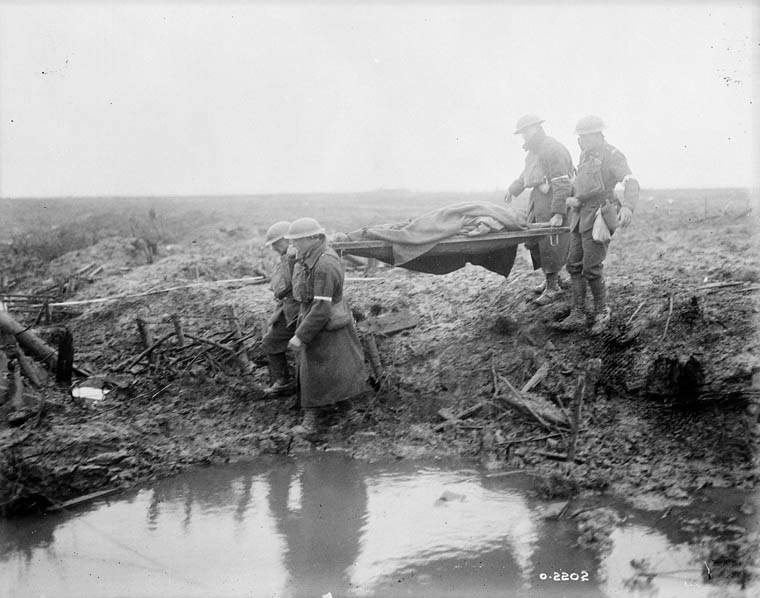
Canadian Attack Launched on Oct. 26
The first Canadian attack was launched on Oct. 26, and by mid-November, the Canadians had captured the ridge and taken yet another battle for the Allied Forces.
“It really solidifies our reputation as a fighting formation that can deliver victory under the most trying of circumstances,” said Cook.
The victory at Passchendaele came at a heavy cost. Nearly 16,000 Canadians fell at the Battle of Passchendaele, and the British had an estimated 275,000 casualties over the course of the Battle.
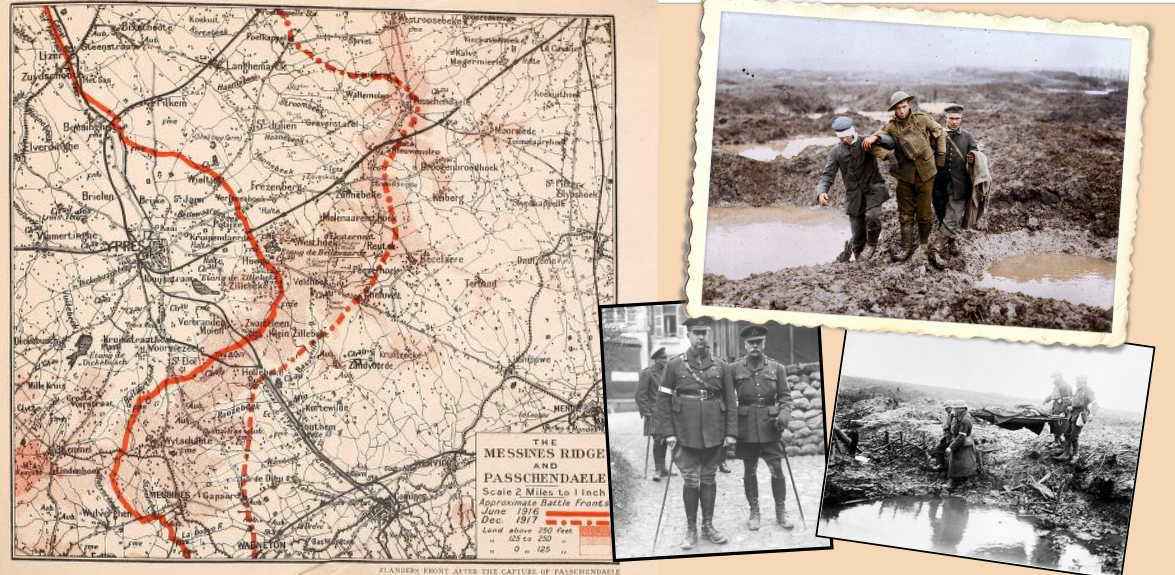
Still Debated
The military significance of the Battle of Passchendaele is still debated amongst historians, but the cultural significance of this Battle has proven itself time and time again in Canada. There have been many novels, stories and even a movie all centred around the Battle of Passchendaele.


